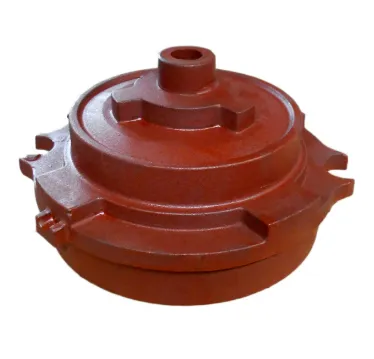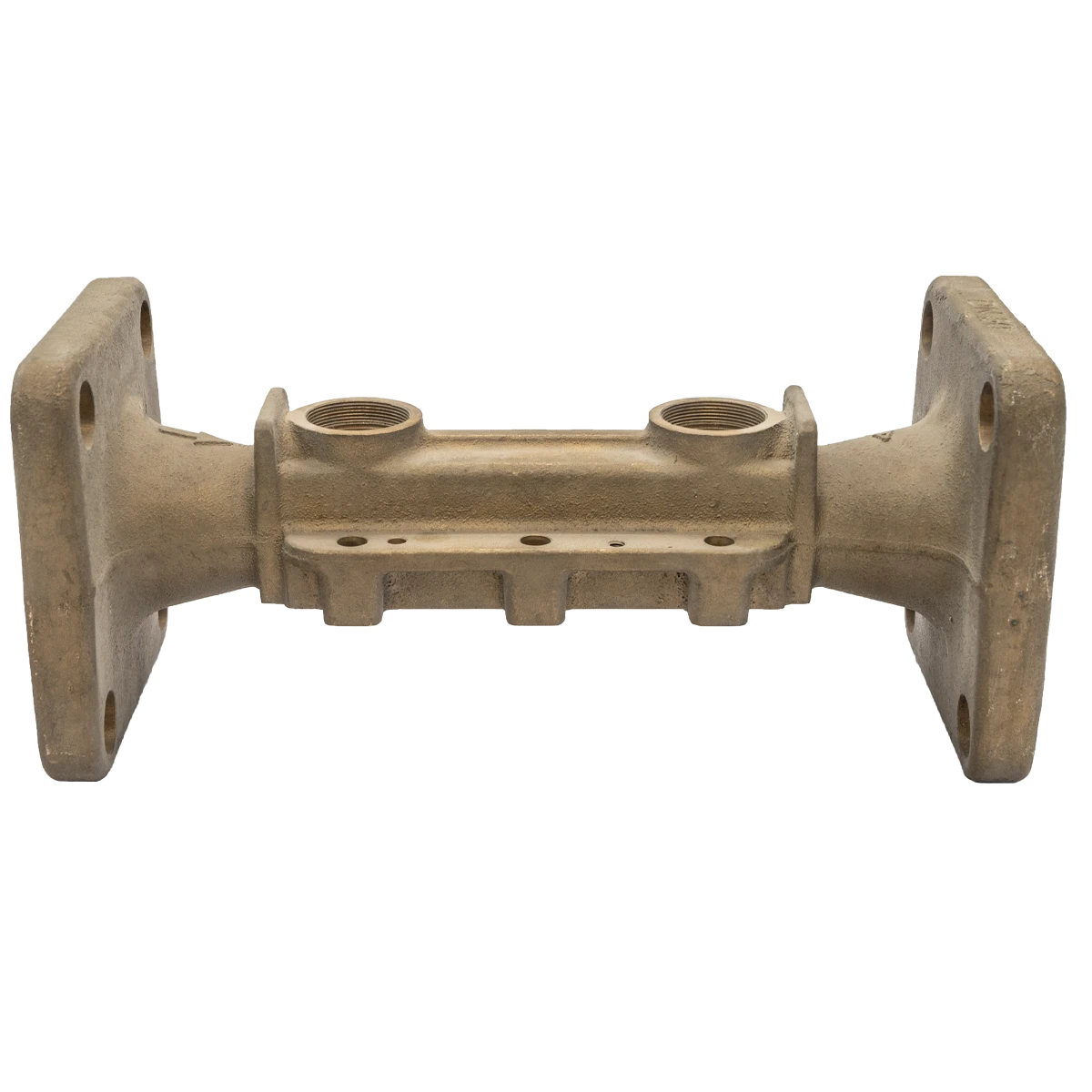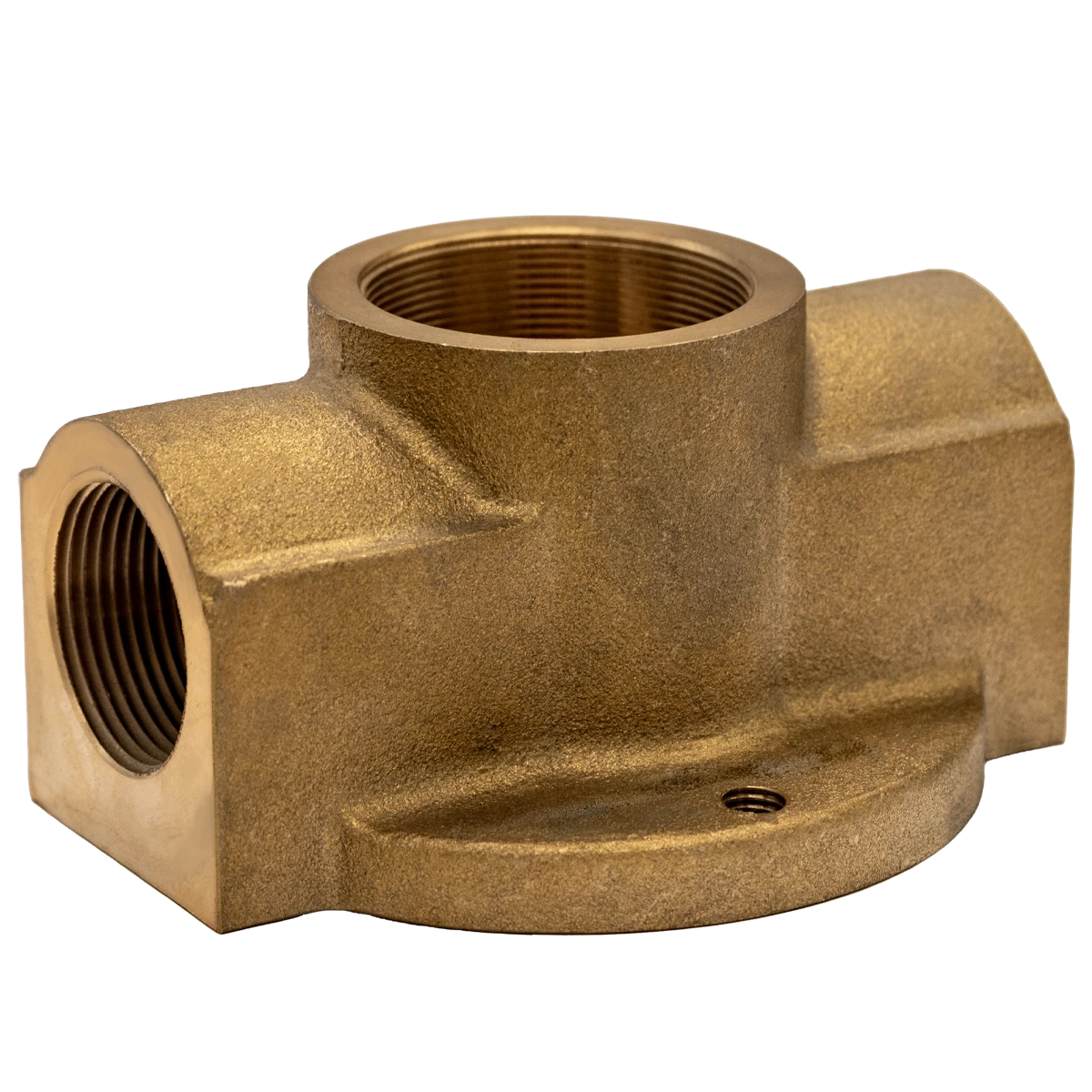Handy, Mobiltelefon:+86-311-808-126-83
Email:info@ydcastings.com
Choosing the Right Pump Casing Type for Maximum Performance
Fluid handling systems are vital across various industries, from water treatment and agriculture to chemical processing and energy production. At the heart of these systems lie pumps—complex assemblies whose efficiency and reliability are determined by the smallest of components. One of the most influential elements in a pump’s design is the pump casing type, which directly affects flow dynamics, pressure, and service longevity. Alongside it, the impeller on pump and its integration with the impeller for motor play a decisive role in determining the pump’s efficiency and operating range. Equally important is the Wasserpumpengehäuse, which houses these internal components and ensures safe, high-performance operation under various load and environmental conditions.

This article explores how different casing types and impeller configurations influence pump behavior, and how understanding these elements can help engineers, maintenance teams, and procurement managers make better choices for long-term system performance.
Understanding the Importance of Pump Casing Type
Der pump casing type serves as the pressure boundary for the pump and influences fluid flow paths, mechanical strength, and hydraulic efficiency. It not only supports internal components like the shaft and impeller but also determines the pump's ability to handle different pressures, temperatures, and abrasive materials.
Common types include volute casing, diffuser casing, and split-case designs. Each pump casing type has its strengths: volute casings optimize single-stage centrifugal pumps with simple flow paths, while diffuser casings improve pressure recovery in multi-stage pumps. Split-case types offer easy maintenance and robust operation in high-flow applications. Selecting the right casing depends on the system’s head requirement, fluid characteristics, and space constraints.
The Role of the Impeller on Pump in Fluid Dynamics
Der impeller on pump is a rotating component that transfers energy to the fluid, creating velocity and subsequently pressure. Its design, material, and balance directly influence the pump's efficiency and stability. Impellers come in open, semi-open, and closed designs, each suitable for different fluid types—from clean water to slurry or wastewater.
A well-designed impeller on pump ensures even energy distribution and minimizes cavitation—a destructive phenomenon that can damage internal surfaces. Engineers must match the impeller type to the fluid's viscosity, particulate content, and flow rate requirements. This attention to impeller design ensures smoother operation, longer component life, and reduced maintenance frequency.
Matching the Right Impeller for Motor Specifications
When selecting an impeller for motor, it’s not just about size and shape—the match between the motor's power characteristics and the impeller’s hydraulic design is crucial. A mismatch can lead to underperformance, excessive vibration, or premature motor failure. High-speed motors require impellers with proper balancing and precision tolerances to handle increased rotational stress.
Advanced materials such as stainless steel, bronze, and engineered composites are often used for durability and corrosion resistance. In industrial settings, the impeller for motor must also be checked for torque compatibility, shaft alignment, and vibration frequency to ensure safe and smooth coupling between the motor and pump system. Optimal pairing results in higher energy efficiency and reduced wear.
How the Water Pump Casing Protects and Supports Performance
Der Wasserpumpengehäuse acts as a protective housing that ensures all internal components remain aligned and operate under optimal conditions. More than just a shell, it manages fluid containment, supports structural load, and defines flow geometry. In centrifugal pumps, the casing also plays a role in converting velocity energy from the impeller into pressure energy.
Materials for Wasserpumpengehäuse range from cast iron and stainless steel to high-performance polymers, depending on the application. In high-pressure systems, thick-walled or double-volute casings are used to withstand internal forces and prevent distortion. For portable or lightweight applications, thinner, corrosion-resistant materials provide performance without the burden of weight.
Selecting the Optimal System Based on Pump Casing Type
Every application has unique requirements, and selecting a pump system based on pump casing type can make the difference between seamless operation and constant troubleshooting. A high-head, low-flow process might benefit from a concentric volute casing, while a high-flow irrigation system may perform best with a split-case configuration.
Environmental factors also matter—corrosive or abrasive fluids necessitate robust materials and sealing systems. Engineers must also account for maintenance access, expected runtime, and energy costs. Whether upgrading an existing pump or designing a new system from the ground up, evaluating the pump casing type alongside impeller configuration and motor compatibility ensures performance, longevity, and reliability.
Pump Casing Type FAQs
What are the main functions of a pump casing type in pump operation?
A pump casing type determines how fluid is directed within the pump, affects pressure conversion, and protects internal components from mechanical and hydraulic stress.
How does an impeller on pump affect efficiency?
Der impeller on pump imparts energy to the fluid, and its design directly impacts flow rate, pressure head, and overall energy efficiency.
Why is selecting the correct impeller for motor important?
Choosing the right impeller for motor ensures compatibility in torque, speed, and mechanical fit, leading to stable operation and longer component life.
What role does the Wasserpumpengehäuse play in system durability?
Der Wasserpumpengehäuse maintains component alignment, supports pressure containment, and influences fluid path geometry, all of which contribute to operational durability.
How do I choose the best pump casing type for my application?
The best pump casing type depends on your application’s pressure, flow, fluid properties, and maintenance needs; consulting with manufacturers can help determine the optimal fit.
-
Materials Used in Manufacturing Cap End Pipe FittingsNachrichtNov.24,2025
-
Material Properties of CF8M CastingNachrichtNov.24,2025
-
How to Inspect Pump Cap Ends for DamageNachrichtNov.21,2025
-
Backward Curved Impeller – Efficient Airflow Solutions for Industry | YD CastingsNachrichtNov.21,2025
-
Automobile Water Pump - Efficient, Quiet, Durable & ElectricNachrichtNov.21,2025
-
Impeller for Pumps – High-Efficiency, Durable, OEM-ReadyNachrichtNov.21,2025











